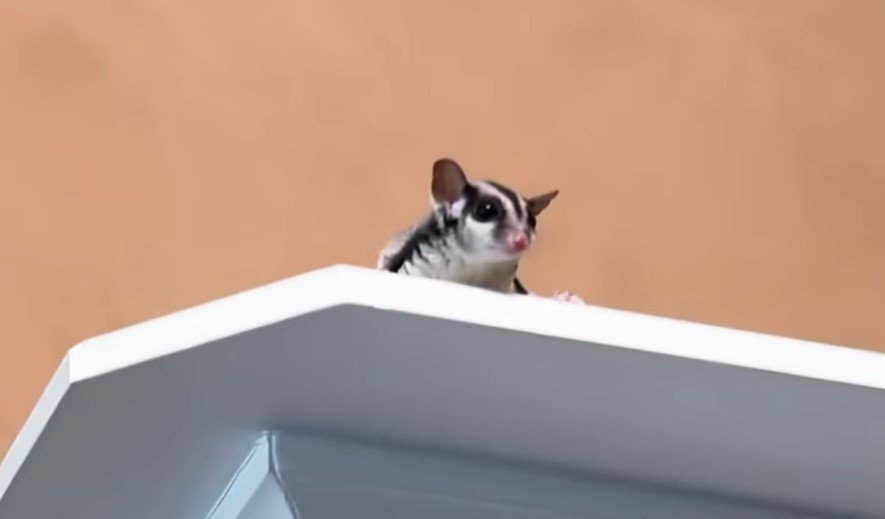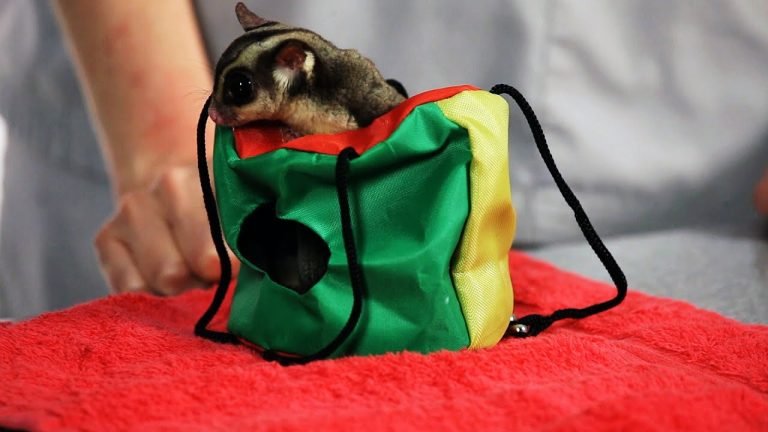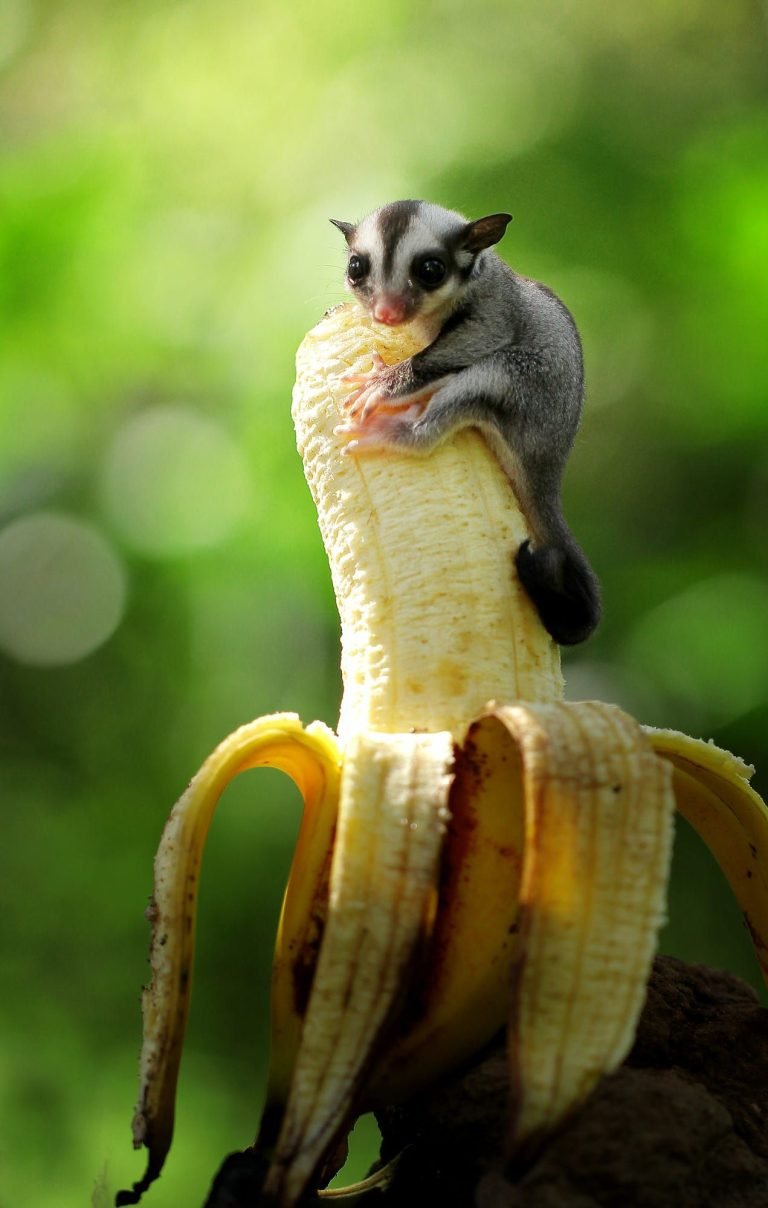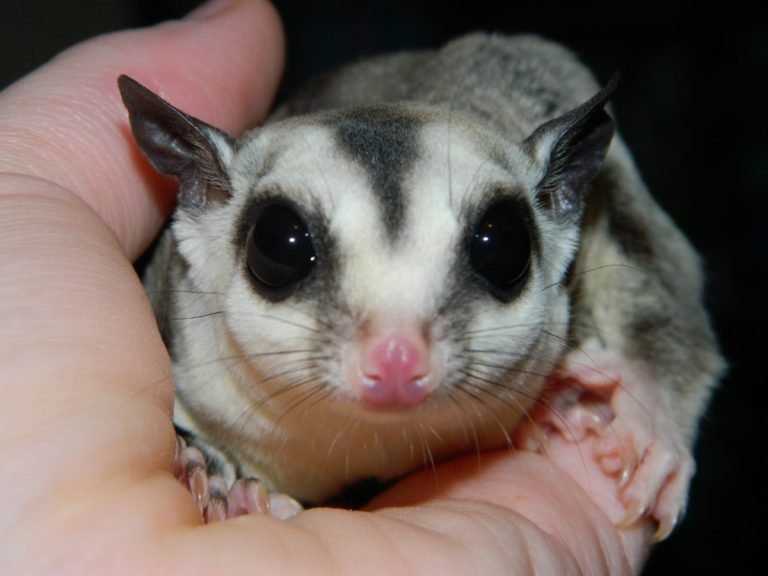Is A Sugar Glider A Marsupial
Is a Sugar Glider a Marsupial?
Yes, a sugar glider is indeed a marsupial. Marsupials are a diverse group of mammals that are characterized by the presence of a pouch, where their young, called joeys, develop and grow after birth. Sugar gliders belong to the marsupial family called Petauridae, which also includes other gliding possums.
The Marsupial Order
Marsupials, including sugar gliders, belong to the taxonomic order called Marsupialia. This order consists of over 330 species, including kangaroos, wallabies, koalas, wombats, and Tasmanian devils. These unique creatures are mainly found in Australia, New Guinea, and nearby islands. The marsupial order is ancient, with fossil evidence suggesting their presence as early as the Late Cretaceous period, about 125 million years ago.
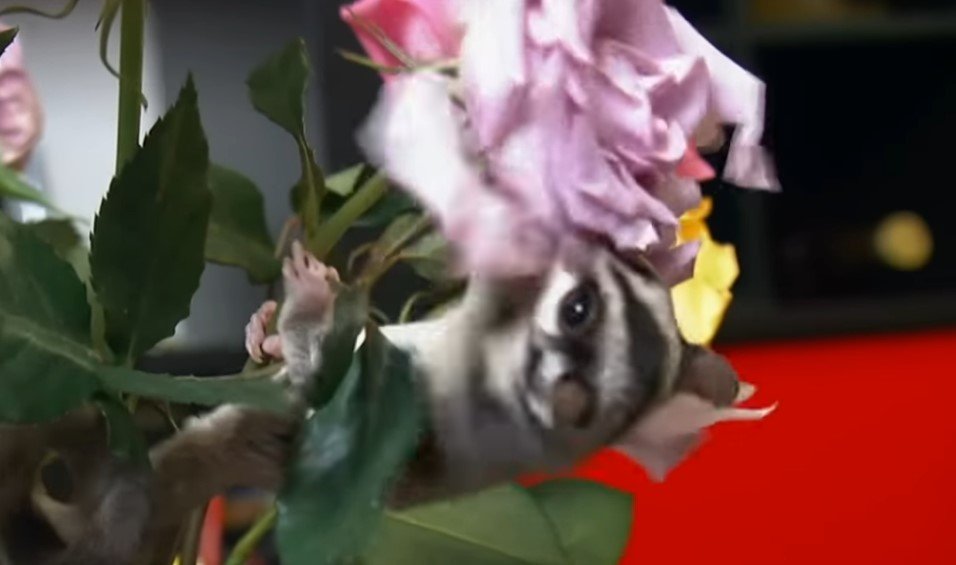
Distinctive Marsupial Features
Marsupials possess several distinctive features that separate them from other mammals. One of the most prominent features is the presence of a pouch in females, which is used to nurture and protect their young. The pouch provides a safe environment for the development of the underdeveloped newborns, who crawl into the pouch and attach to a teat for nourishment. Sugar gliders have a well-developed pouch in which their joeys spend the initial months after birth.
Another characteristic feature of marsupials is their reproductive system. Their reproduction is unique because marsupials have a short gestation period, followed by a relatively long period of nursing outside the womb. This allows them to give birth to less developed offspring and continue their development in the safety of the pouch. Sugar gliders, like other marsupials, have a short gestation period of about 16 days, after which the tiny joeys are born and crawl to the mother’s pouch.
Marsupials also have unique dentition, with variations in the structure and number of their teeth. Sugar gliders, for example, have sharp incisors and molars which they use to crack open their favorite food, nectar-rich flowers and tree sap. The dental adaptations of sugar gliders allow them to extract the maximum amount of nutrients from their specialized diet.
The Sugar Glider: A Marvelous Marsupial
Sugar gliders are fascinating creatures that showcase the wonders of marsupials. These small, nocturnal gliders have a membrane of skin called a patagium that extends from their wrists to their ankles. This patagium allows them to glide through the air, making them excellent acrobats in the treetops.
Habitat and Range
Sugar gliders are native to Australia, New Guinea, and the surrounding islands. They can be found in a range of habitats, including forests, woodlands, and even urban areas. These arboreal creatures prefer areas with plenty of trees for gliding and foraging.
Diet and Feeding Behavior
As their name suggests, sugar gliders have a sweet tooth. They primarily feed on nectar, pollen, and the sweet sap of certain tree species. They have a specialized tongue that allows them to extract nectar from flowers and a unique digestive system that efficiently breaks down complex sugars. In addition to their sugary diet, they also consume insects, spiders, and small vertebrates.
Social Behavior and Communication
Sugar gliders are highly social animals and live in small family groups called colonies. Within the colony, they communicate through a variety of vocalizations, including chirps, barks, and chatters, as well as scent marking. They have a complex social hierarchy, with dominant and subordinate individuals within the group.
Unique Adaptations
Sugar gliders possess several unique adaptations that help them survive in their natural habitat. One of their most remarkable adaptations is their ability to glide through the air, which allows them to efficiently travel between trees and access food sources. Their patagium acts like a parachute, providing stability and maneuverability during flight.
They are also adept climbers, using their sharp claws to grip onto branches and tree trunks. Additionally, sugar gliders have a specialized bone structure in their wrists that allows their patagium to stretch and glide effectively.
Frequently Asked Questions
1.Are sugar gliders good pets?
Sugar gliders can make wonderful pets for the right owner. However, they have specific care requirements and social needs that must be met to ensure their well-being. They are highly social creatures and need plenty of social interaction and mental stimulation. They also require a specialized diet, including fresh fruits, vegetables, and proteins. It’s important to do thorough research and consult with experts before considering a sugar glider as a pet.
2.Do sugar gliders make good companions?
Sugar gliders can bond closely with their owners and make delightful companions. They are known for their affectionate and playful nature. However, bonding with a sugar glider requires time, patience, and consistent interaction. Daily handling and socialization are vital for building a strong bond and a trusting relationship with these marsupials.
3.Can sugar gliders be housed with other pets?
While sugar gliders can get along well with other pets, such as cats and dogs, caution should be exercised. It is important to introduce them slowly and under supervised conditions. Some pets may have a prey drive, and interactions can potentially be harmful to the sugar glider. Ensuring the safety and well-being of all animals involved should be the top priority.
Final Thoughts
Sugar gliders are undoubtedly fascinating creatures that captivate the hearts of many with their unique features and adorable antics. As marsupials, they belong to an ancient lineage of mammals that have evolved remarkable adaptations to survive in their natural environments. Whether in the wild or as pets, sugar gliders continue to enchant and amaze us with their incredible abilities, social behaviors, and unmistakable charm. As stewards of their well-being, it is crucial that we understand and respect their specific needs to ensure their conservation and welfare.

